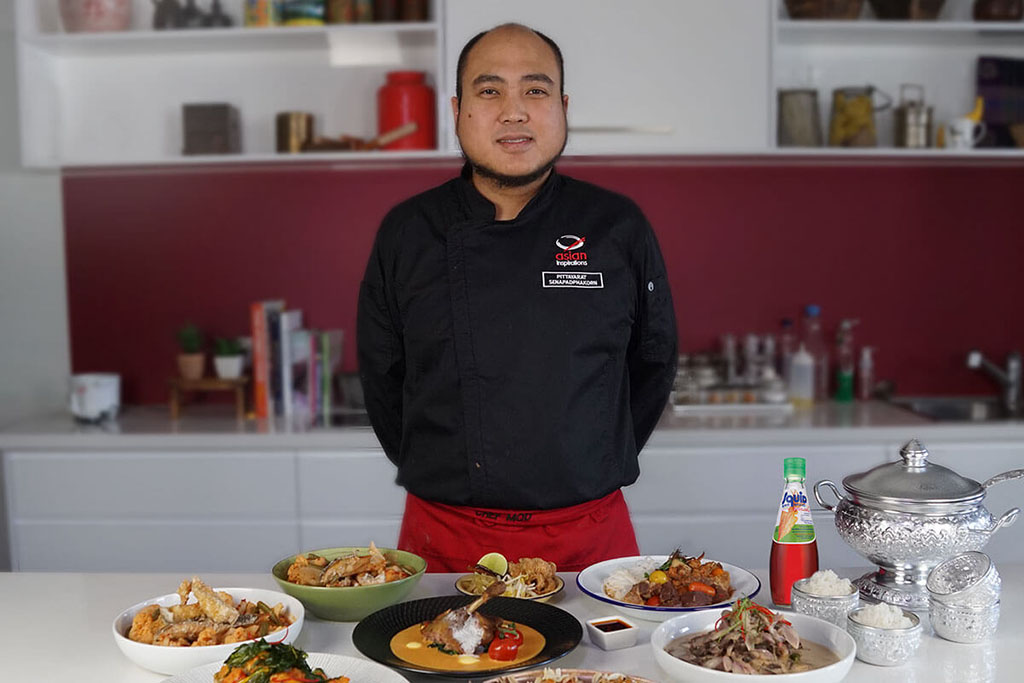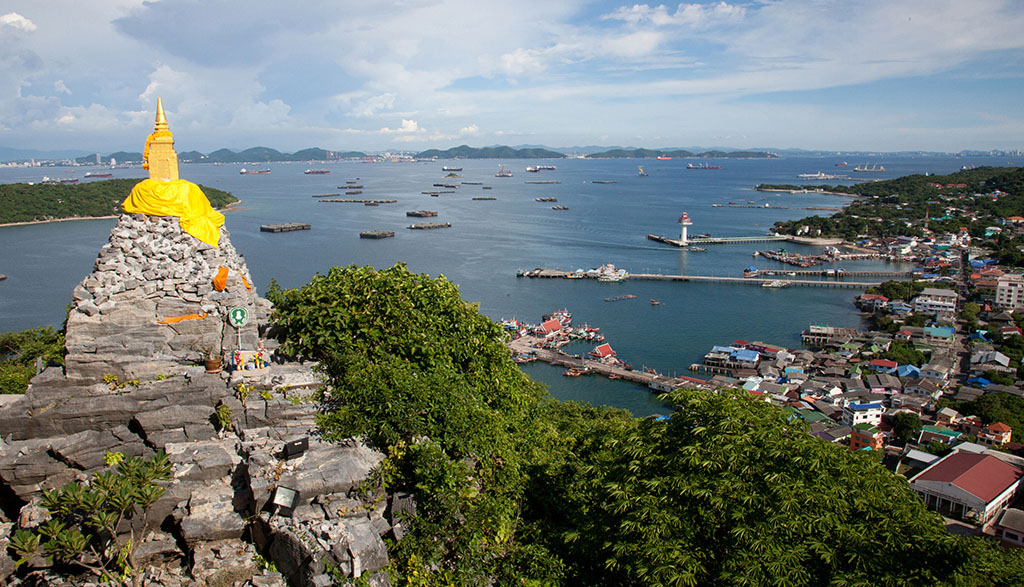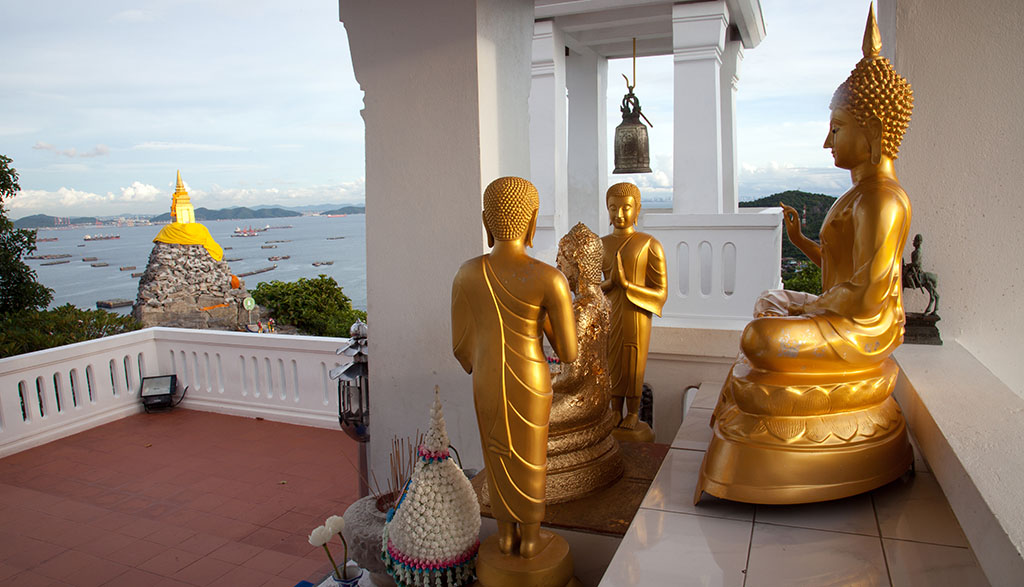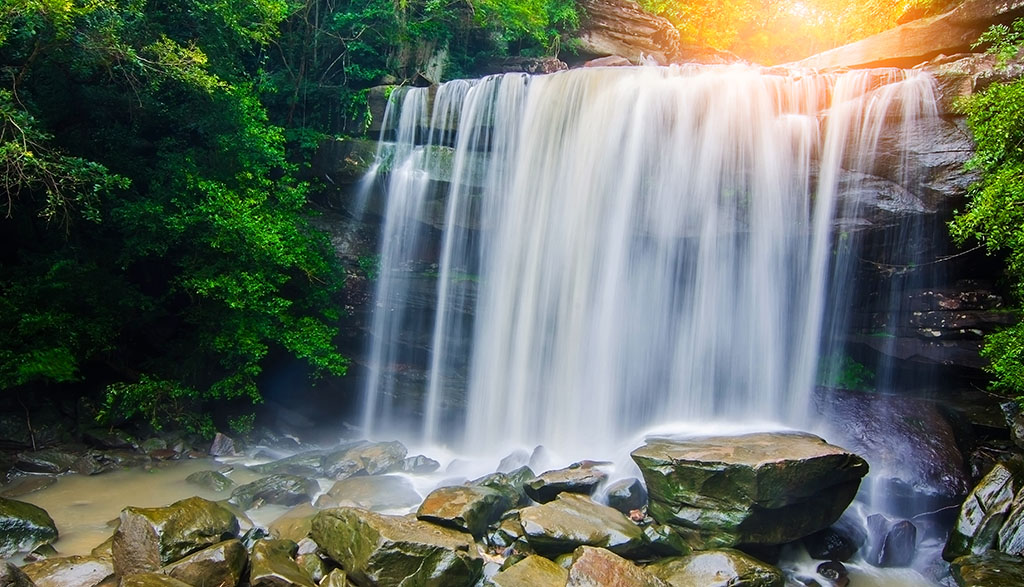
For those who want to see another dimension to island life, Travel Writer Julie Miller takes us off the beaten track in Ko Samui.
Coastal life is sweet in Ko Samui, with an abundance of chic resorts, lively bars and restaurants and boutique shopping just steps from pristine white crescents of powder-white sand. For many visitors, this is the recipe for an idyllic, decadent holiday; but for the adventurous, or those who simply want to see more of the island, the interior of Ko Samui presents another dimension to island life, one that offers a deeper connection to Thai culture and the landscapes that make Thailand such an intriguing destination.
Samui is a relatively small, round island, easily explored by rental car (motorcycles not recommended unless you’re a licensed rider). One main ring-road leads to all the major sights and beaches, but swing off the highway into the heavily-jungled mountainous interior for spectacular views and some respite from the coastal chaos.
Before you leave the shoreline, you can’t miss two of Samui’s most popular – if somewhat questionable – attractions. One is a mummified monk, resplendent in orange robes and Rayban sunglasses, propped up in a glass case outside Wat Khunaram; the other is two natural rock formations near Lamai Beach, called Hin Ta and Hin Yai. Ta (Grandfather) is a stumpy phallus rising provocatively amongst some coastal boulders; while Yai (Grandmother) is a large crevice awash with sea water, seemingly awaiting grandpop’s attention. A curious landmark to become an attraction – but hey, this is Thailand!
A popular place for families to relax and swim is the scenic twin waterfalls, Na Muang #1 and #2. Located about 12 kilometres inland from Nathon Bay, the first falls are just a short walk from the carpark, with the upper pools accessed by a more challenging hike rewarded by incredible views from the top. With vendors selling snacks and drinks nearby, it’s easy to spend a whole day cooling off at these falls, with the best time to visit during peak water-flow from September to November.

Hidden deep in the interior of Ko Samui is a secret sculpture garden, filled with images of deities from Buddhist mythology and fantasy creatures. The Secret Buddha Garden is the creation of retired durian farmer Nim Thongsuk, who started decorating the garden in 1976 and continued until his death in 2000 at the age of 91. Getting to this intriguing fantasyland can be challenging – the road is steep, best tackled in a 4WD vehicle. Alternatively, you can visit the gardens as part of an adventure day trip in an open jeep.
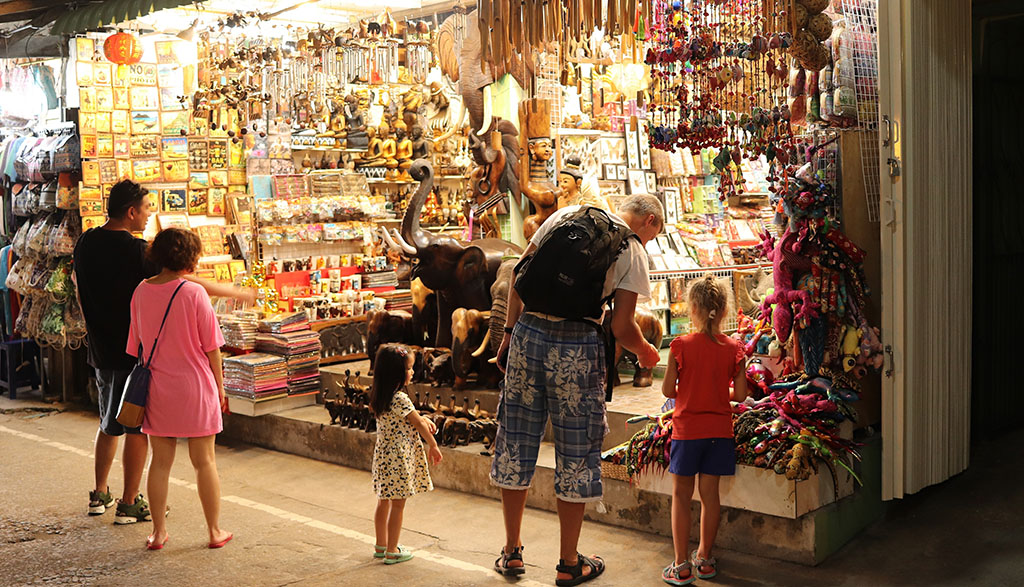
For a taste of ‘real’ Thailand, head to Bophut on the island’s north coast on Friday evenings, when the working fishermen’s village is transformed into a ‘walking street’ marketplace. It’s fun and crowded, with local handicrafts, trinkets, clothing and delicious street food sold in dozens of stalls lining the main street. Stop off in a bohemian village bar or dine at one of its funky restaurants such as Cafe 69, 2 Fishes or Happy Elephant.

Speaking of happy elephants … Bophut is also the location for the Samui Elephant Sanctuary, one of two ethical rescue centres on the island in partnership with renowned conservationist Lek Chailert from Chiang Mai’s Elephant Nature Park. Both the sanctuary in Bophut and the newly opened Chaweng Noi location provide a dignified and safe retirement home for elephants who have been given a reprieve from a hard life in the logging and trekking industries.
At both sanctuaries – accessible only by pre-arranged tours – visitors can observe the gentle giants relishing their freedom, playing in the mud, bathing in a purpose-built pool and walking and foraging in the forest. The program is mostly hands-off to allow the elephants a stress-free existence, but guests can join in the daily feeding program for up-close and intimate interaction with these incredible beasts.


